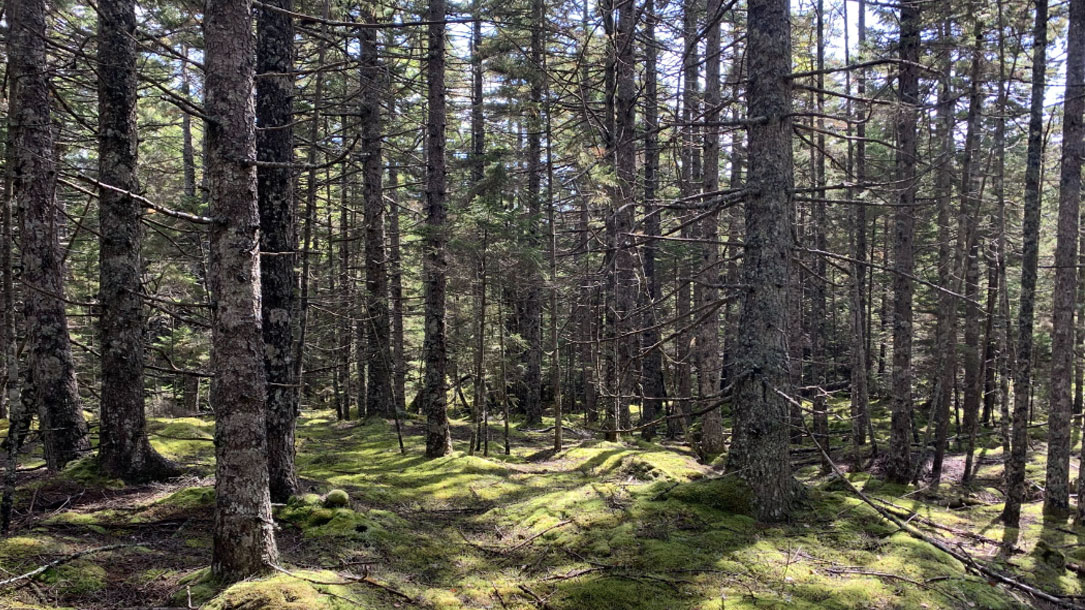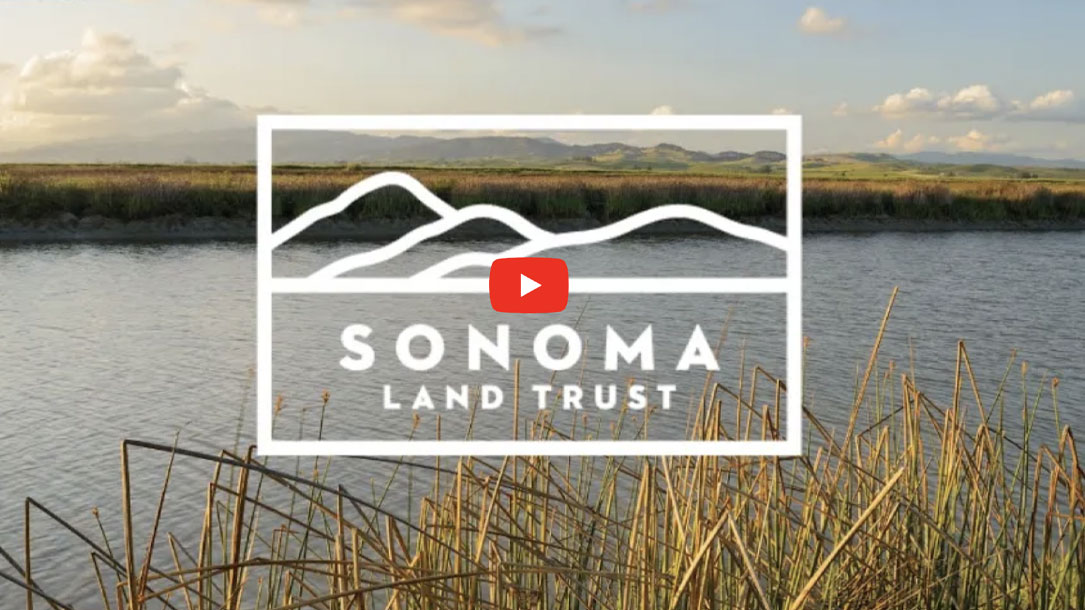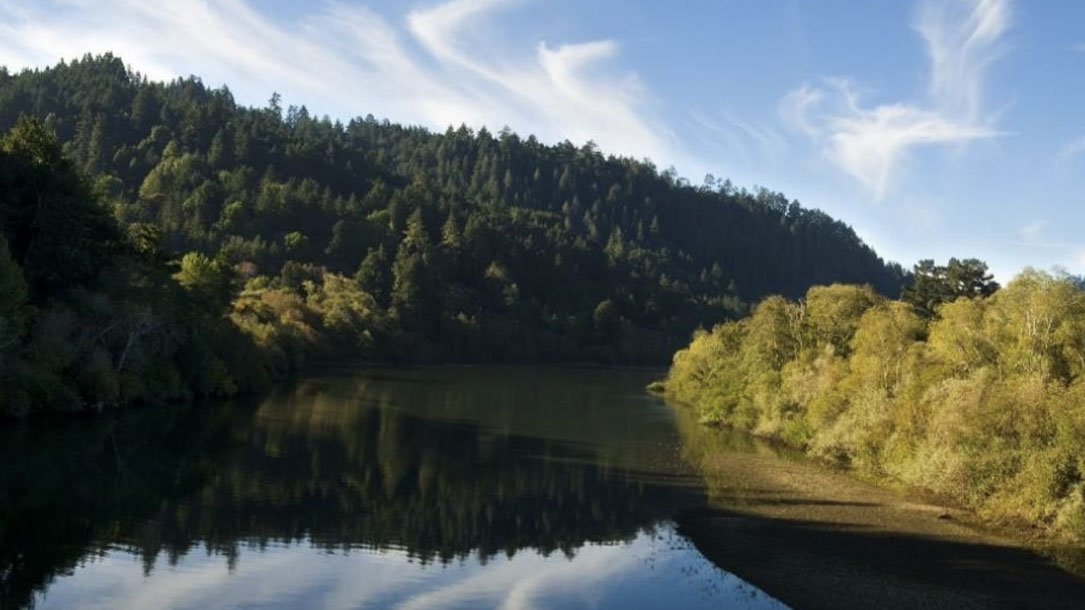Home >

Engage public, explore methods to secure NYS green energy
Solar-power developers need to explore using lower-quality agricultural land for solar energy, boost incentives for dual-use (combined agriculture and solar) options, avoid concentrated solar development and engage communities early to achieve New York’s green energy goals, according to forthcoming Cornell research.
“As farmland is generally flat and cleared, agricultural land will be the prime target for future solar energy development,” said Max Zhang, professor in the Sibley School of Mechanical and Aerospace Engineering, in the College of Engineering, and senior author of “Strategic Land Use Analysis for Solar Energy Development in New York State,” which will publish in August 2021 in Renewable Energy. “Good farmland, however, is not ideal.”

Made in the shade: Growing crops at solar farms yields efficiency
“There is potential for agrivoltaic systems – where agriculture and solar panels coexist – to provide increased passive cooling through taller panel heights [emphasis added], more reflective ground cover and higher evapotranspiration rates compared to traditional solar farms,” said senior author Max Zhang, professor in the Sibley School of Mechanical and Aerospace Engineering [at Cornell], “We can generate renewable electricity and conserve farmland through agrivoltaic systems.”
In New York, for example, about 40% of utility-scale solar farm capacity has been developed on agricultural lands, while about 84% of land deemed suitable for utility-scale solar development is agricultural, according to a previous research study from Zhang’s group…

USDA Forest Service Chief Randy Moore’s statement announcing actions the Forest Service will take to resume its prescribed fire program safely and effectively after completion of its 90-day national review
Washington D.C.,September 8, 2022 — USDA Forest Service Chief Randy Moore released the following statement announcing actions the Forest Service will take to resume its prescribed fire program safely and effectively after completion of its 90-day national review…

Fire weather extremes make prescribed burns riskier, but more essential than ever
“Although prescribed fire is one of the most effective ways to reduce wildfire risk, this was a necessary decision in light of recent prescribed fire escapes,” U.S. Forest Service Chief Randy Moore wrote in a national directive in September, announcing the agency would resume prescribed burns following the pause. “This also reflects the growing recognition that extreme conditions of overgrown forests, climate change, and more than a century of rigorous fire suppression are influencing fire behavior in ways we had never seen before…”

Exploring carbon sequestration
“[They] are following the model from other land trusts. There is a cost for land trusts to manage forests for increased carbon sequestration. [They] aren’t a commercial forestry operation and need revenue in order to manage forests.
Carbon offsets and the carbon market can provide resources for land trusts to restore large commercial forest landscapes, and support the ongoing cost of stewardship and restoration that a land trust is responsible for.
Whatcom Land Trust would only take on a carbon sequestration project that supports our mission, improves the forest ecosystem, and sequesters more carbon than it would otherwise…”

National Land Trust Conference: September 6 – 9, 2023
Rally is where over 1,500 people who share your passion for conservation will re-energize and inspire you.
Join the Land Trust Alliance in Portland in September for a gathering packed with diverse topics to explore and great colleagues and friends to learn from and share with. Rally has all of the resources you want to take your conservation skills further. There’s no better way to invest in your future.

Video: Unpacking 30×30 for Sonoma County
The Land Trust is playing a key role in helping the state and nation achieve the 30×30 goal through purchase of land and stewardship of 17 nature preserves managed for biodiversity conservation, and most of their conservation easements which were originally identified for their unique biological value.

Sonoma Land Trust and 30×30
“California has joined over 72 countries, including the United States, in setting a goal of conserving 30% of our lands and coastal waters by 2030. Achieving this goal will allow California to protect biodiversity, expand equitable access to nature, and build resilience to climate change. Scientists warn that we must meet the 30×30 goal to avoid the worst impacts of a warming planet.
“From the San Pablo baylands, through the Marin Coast-Blue Ridge Critical Linkage, and into the Russian River watershed, Sonoma Land Trust has projects and programs focused on our most threatened species and habitat areas. Sonoma Land Trust is playing a key role in helping the state and the nation achieve the 30×30 goal through the purchase of land and stewardship of our 17 nature preserves managed for biodiversity conservation and most of our conservation easements which were originally identified for their unique biological value….”

Douglas County sheep farm working to restore soil and build community, agrivoltaics
“Co-locating farming and clean energy production on agricultural land creates rural economic resiliency, provides land access for new and underserved farmers, and builds vital agricultural infrastructure. Unlocking these bottlenecks will create food security that allows small farmers to compete in a global extractive market while focusing on restorative farming practices that heal the land”…

Continental Wildways
Sustaining biodiversity requires a big-picture vision. Our projects are strategically positioned across Canada, the United States and Mexico to preserve nature at a continental scale.
Using the principles of conservation biology, our founders identified the core native wildlife habitat areas and the corridors that connect them. We call them Wildways. This innovative concept has fundamentally shaped conservation projects across North America.












